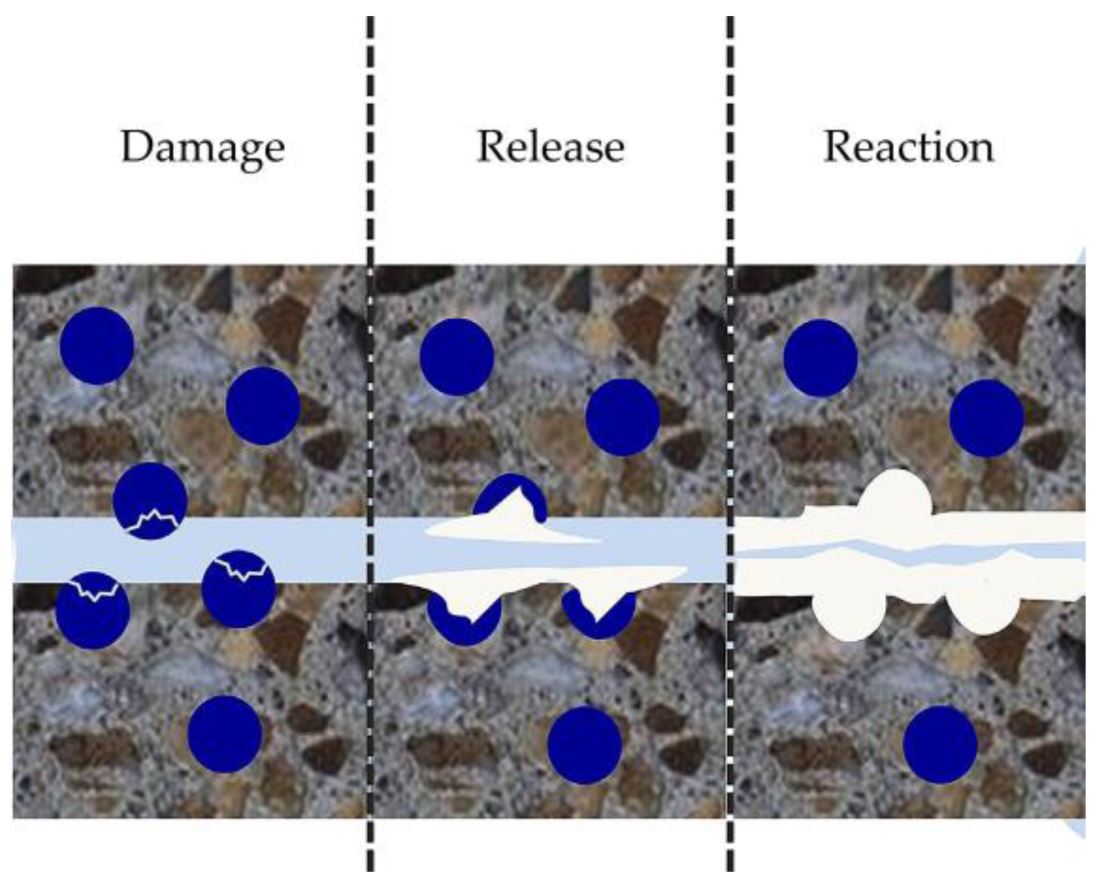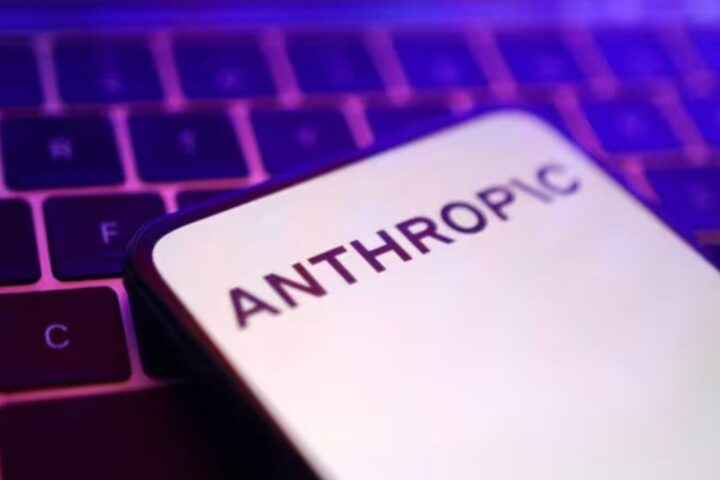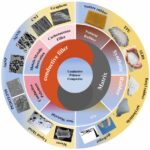 At Texas A&M University, under the thoughtful guidance of Dr Congrui Grace Jin, researchers are reimagining concrete. Picture a material that heals its own cracks just as our skin repairs a cut. This innovative project, in collaboration with experts from the University of Nebraska-Lincoln, employs cyanobacteria and filamentous fungi to transform air, sunlight, and water into the minerals needed to mend structural damage.
At Texas A&M University, under the thoughtful guidance of Dr Congrui Grace Jin, researchers are reimagining concrete. Picture a material that heals its own cracks just as our skin repairs a cut. This innovative project, in collaboration with experts from the University of Nebraska-Lincoln, employs cyanobacteria and filamentous fungi to transform air, sunlight, and water into the minerals needed to mend structural damage.
If you’ve ever fretted over the tiny fissures in a building or bridge, this breakthrough offers a refreshing solution. Conventional concrete, made by mixing crushed stone, sand, clay, and limestone, is no match for the relentless wear from weather and heavy loads. The traditional self-healing techniques depend on an ongoing supply of external nutrients—a limitation that this nature-inspired lichen system neatly sidesteps.
Lab tests have shown that this living, self-sufficient system can produce crack-sealing minerals even under challenging conditions. Meanwhile, Dr Jin and her team are also engaging with social science experts to navigate the ethical, environmental, and public perception challenges that come with using living organisms in construction. With potential benefits ranging from lower maintenance costs to safer, longer-lasting structures—even in space—the implications of this research are far-reaching and thought-provoking.








